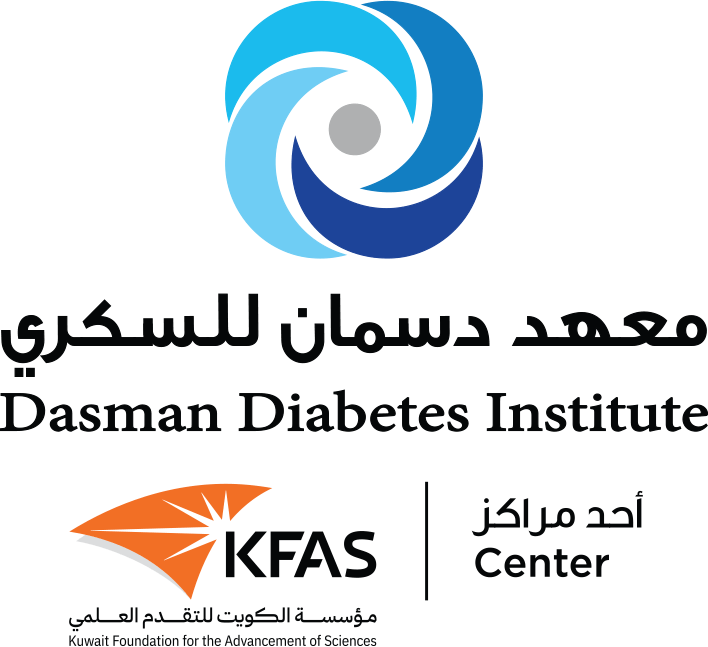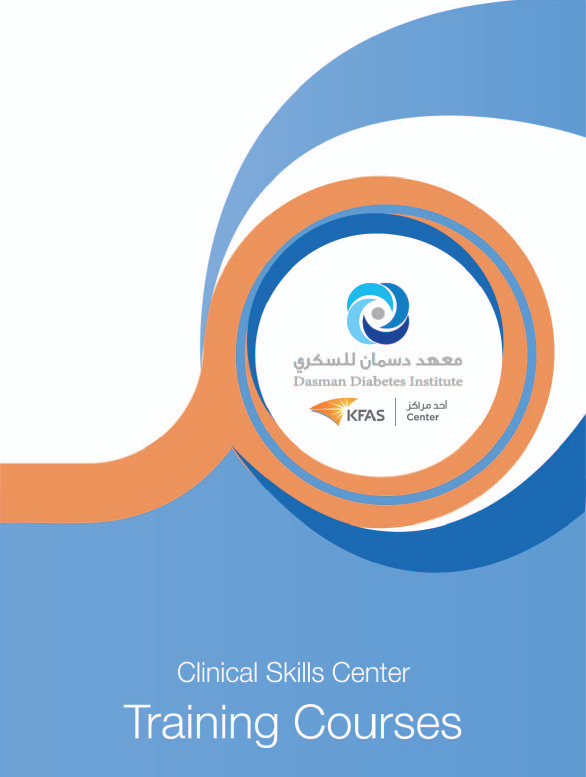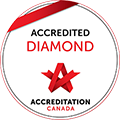As the world leader in CPR, first aid and emergency cardiovascular care (ECC) training and education, the American Heart Association offers a variety of options for you to learn lifesaving skills. Clinical Skills Center is an approved International Training Center for the AHA, offering classes for family and friends, employees, or healthcare providers. After course completion, participants will receive a certificate of completion and a course completion card which is internationally recognized and valid for 2 years.
Basic Life Support
Learning Objectives
- Describe the importance of high-quality CPR and its impact on survival
- Describe all of the steps of the Chain of Survival
- Apply the BLS concept of the Chain of Survival
- Recognize the signs of someone needing CPR
- Perform high quality CPR for adults
- Describe the importance of early use of an automated external defibrillator (AED)
- Demonstrate the appropriate use of an AED
- Provide effective ventilations by using a barrier device
- Perform high-quality CPR for infant
- Perform high-quality CPR for child
- Describe the importance of teams in multi-rescuer resuscitation
- Perform as an effective team member during multi-rescuer CPR
- Describe the technique for relief of foreign-body airway obstruction for an adult or child
- Describe the technique for relief of foreign-body airway obstruction for an infant
Advanced Cardiac Life Support
Course Description
The goal of the Advanced Cardiac Life Support (ACLS) Provider Course is to improve outcomes for adult patients with cardiac arrest and other cardiopulmonary emergencies through provider training. The (ACLS) Provider course is designed for healthcare providers who either direct or participate in the management of cardiopulmonary arrest or other cardiovascular emergencies. Through didactic instruction and active participation in simulated cases, the students will enhance their skills and clinical decision-making abilities for the diagnosis and treatment of cardiopulmonary arrest, acute arrhythmia, stroke and acute coronary syndromes.
Learning Objectives
- Integrate Basic Life Support (BLS) Survey and Primary Survey in patient assessment and care
- Demonstrate high-quality cardiopulmonary resuscitation with AED for adult victims
- Use the ACLS Algorithms effectively
- Observe effective resuscitation team dynamics
- Demonstrate Immediate post-cardiac arrest care
- How to treat a Stroke and ACS patient
Airway Management
Course Description
Airway Management is one of the key components of BLS and ACLS Secondary ABCD Survey. The selection of an airway management approach depends on the training, competence, and scope of practice. The optimal method of managing an airway will vary based on your practice, experience and patient’s condition. The American Heart Association Airway Management Course is designed for healthcare providers who must be proficient in using airway devices on adults in or out of the hospital. It consists of 5 modules (see below) and based on your scope of practice, you may or may not be taught all of these modules during the course.
Learning Objectives
- Bag-Mask Ventilation and Airway Adjuncts
- Laryngeal Mask Airway (LMA)
- Esophageal-Tracheal Combitube
- Endotracheal Tube (ETT)
- Impedance Threshold Device (ITD)
ECG and Pharmacology
Course Description
ECG recognition skills and drug treatment knowledge have been identified as key gaps in knowledge for healthcare providers. ECG & Pharmacology is a classroom-based course that the AHA has developed to bridge these gaps. The course is designed as a pre-course option for ACLS students who were identified through the ACLS Pre-course Self-Assessment as needing to improve ECG recognition skills and/or drug treatment knowledge, or for ACLS students who in general need to refresh their skills and knowledge. This course is also intended for any healthcare provider needing to learn ECG recognition skills and/or pharmacology.
Learning Objectives for ECG
- Explain heart anatomy and basic electrophysiology
- Explain normal ECG measurements
- Recognize and understand basic arrhythmias
Learning Objectives for Pharmacology
- Know basic ACLS drugs and usage
- Understand drugs, doses and routes of administration during cardiovascular emergencies
- Learn to integrate basic drug pharmacology into ACLS algorithms
HeartCode On-line and classroom Course (HeartCode ACLS /HeartCode BLS)
Course Description
The HeartCode ACLS and BLS courses gives the participant the option of completing these courses on their own time and at their own pace. These courses are offered in two parts. Part one is completed via a computer and covers all of the information offered in the traditional classroom course. The text book is embedded in the course for easy reference. Part two is a skills check-off performed in one of two ways: either with an AHA instructor or via a Voice Assisted Manikin (VAM simulation). In either case, the participant must be able to successfully complete the skills in order to receive the AHA completion card.
Course Format
The online portion of the course contains 12 mandatory checkpoints that must be successfully completed before a student is allowed to access the final written test. 20 exercises are available for review, plus an additional 19 optional video clips that can be accessed for skills demonstrations. The confident student may opt to bypass the reviews and go immediately to the required checkpoint scenario. When the student has completed the review, they return to the checkpoint. After completing all the checkpoints, the participant is directed to the online written post test. Should a participant not be able to successfully complete either version of the, they will be instructed to print the course homepage. This page will document which parts of the program have been completed.
Skill Requirements
In order to earn an AHA card, the participant must demonstrate the required skills on Voice Assisted Manikins which are connected to a computer that is allowing you get instant feedback on how well you are doing. Once Part 1 is completed, you have a maximum of 60 days to complete Part 2. It can take 2-3 weeks to process your AHA card.
HeartCode ACLS
Is an interactive self-directed learning program which completes all cognitive and psychomotor requirements for the American Heart Association ACLS Course. HeartCode ACLS includes all of the exams required for successful completion of the ACLS curriculum.
The interactive system is designed for healthcare professionals (physicians, nurses, EMS personnel, etc.)
Learning Objectives
- Recognize and initiate early management of periarrest conditions that may result in cardiac arrest or complicate resuscitation outcome
- Demonstrate proficiency in providing BLS care, including prioritizing chest compressions and integrating use of an automated external defibrillator (AED)
- Recognize and manage respiratory arrest
- Recognize and manage cardiac arrest until termination of resuscitation or transfer of care, including immediate post-cardiac arrest care
- Recognize and initiate early management of acute coronary syndromes (ACS), including appropriate disposition
- Recognize and initiate early management of stroke, including appropriate disposition
- Demonstrate effective communication as a member or leader of a resuscitation team and recognize the impact of team dynamics on overall team performance
- Your AHA ACLS card will be sent to you once everything has been verified. The verification process can take between 2-3 weeks.
BLS HeartCode
The Online Basic Life Support CPR Course allows the user to complete the entire course on the computer. This course recognizes that healthcare providers have knowledge and skills acquired from years of patient care and prior CPR training. The greatest challenge in retraining healthcare providers lies not in skills acquisition but in the cognitive component of memorizing the sequence of steps for multiple scenarios, which reinforces rapid recall of the sequences during emergency situations.
This course is designed specifically for healthcare providers such as physicians, nurses, EMTs, PAs, etc.
Learning Objectives
- Learn the new science and education from the 2015 AHA Guidelines Update for CPR and ECC
- Learn the components of high-quality CPR for adults, children, and infants
- Learn how to initiate the AHA Chain of Survival for pre-hospital and in-facility providers
- Learn the important early use of an AED
- Learn how to Effectively ventilate using a barrier device
- Learn the importance of teams in multi-rescuer resuscitation and performance as an effective team member during multi-rescuer CPR
- Learn how to relieve foreign-body airway obstruction (choking) for adults and infants



